Reviewed by Meg Flores
The handheld gaming space is getting seriously competitive, and AYN Technologies just dropped something that’s got everyone talking. Their latest creation, the Odin 3, is not just another iterative upgrade, it makes some bold claims about being the first announced handheld confirmed to use Qualcomm's Snapdragon 8 Elite. We are talking about the Snapdragon 8 Elite, a serious leap for Android gaming performance.
What really pops is the timing. With pre-orders scheduled to begin on Sunday, September 7 at 9:30 PM ET over on Indiegogo, AYN is aiming squarely at the front of a crowded handheld market. The mix of cutting-edge silicon and smart design tweaks suggests they are not just stuffing better specs into a shell, they are rethinking what portable gaming can be.
Why the Snapdragon 8 Elite changes everything
Let’s talk numbers, because they are wild. The heart of the Odin 3 is Qualcomm’s Snapdragon 8 Elite, and the gains are big across the board. According to research from Retro Handhelds, the 8 Elite delivers almost a 60 percent boost in Single Core performance and more than an 80 percent jump in Multi-Core capability compared to its predecessor.
Then there is the GPU. The same source indicates that the 8 Elite’s graphics performance is said to be 166 percent better than the Snapdragon 8 Gen 2. Not a nudge. A generational leap that opens doors for handheld gaming.
The architecture pulls weight too. According to TalkAndroid, the second-generation Oryon CPU brings a 45 percent performance boost while improving efficiency by 44 percent over previous generations, and the same analysis shows the Adreno 830 speeds up rendering by 40 percent while improving ray tracing by 35 percent. More power, better battery life, cleaner lighting, sharper effects.
So what happens when you hit Start? Generation Amiga notes this powerful chipset puts demanding Nintendo Switch titles and PC emulation on Android within reach, though drivers and emulators will need time to catch up with the new architecture. Workloads that were out of reach for Android handhelds move into play.
For context, picture heavy emulation like PlayStation 2, GameCube, or even early PlayStation 3 running with stable, enjoyable frame rates instead of just proof-of-concept demos.
Display and design improvements that actually matter
Raw performance is only half the story. Retro Handhelds confirms that the Odin 3 uses an AMOLED panel with a 120 Hz refresh rate, a welcome break from the LCDs you still find in many rivals.
AMOLED pays off in dark scenes and moody games. Deeper blacks, punchier colors, better efficiency with dark content. Midnight dungeon crawl, anyone? The 120 Hz refresh rate smooths motion and trims input lag, which you feel immediately in racers, fighters, and twitchy platformers.
The design shows evolution, not whiplash. NotebookCheck reports a 6-inch AMOLED screen, a comfortable middle ground between portability and immersion. Big enough to read tiny HUDs, small enough to avoid forearm burn during long sessions.
Hardware choices lean practical. Generation Amiga highlights full-size Hall Effect sticks with LEDs, ergonomic triggers, and a compact weight of about 390 grams. Those Hall sticks matter, they help head off stick drift that can wreck precision months down the line.
Ports get cleaned up too. According to NotebookCheck, the Micro HDMI is gone on Odin 3, with DisplayPort Alt Mode available through USB-C. Less clutter, external display support intact. Want to dock to a monitor? Use the Type-C cable.
Configuration options and technical specifications
AYN is not going one-size-fits-all. NotebookCheck details four tiers: Base with 8 GB RAM and 128 GB storage, Pro with 12 GB RAM and 256 GB storage, Max with 16 GB RAM and 512 GB storage, and Ultra with 24 GB RAM and 1 TB storage.
That Ultra tier stands out. Twenty-four gigs of RAM in a handheld borders on overkill, but it gives headroom for demanding emulation or juggling multiple Android apps. The 1 TB option lets you carry a big library without constant shuffling.
Connectivity gets a bump with a tiny catch. Hardware Premium reports Bluetooth 5.4 and WiFi 7 support, and the same source notes fast charging drops from 65 W to 60 W compared to the previous generation. Minor, but worth knowing if you top up between sessions.
Power and thermals get real attention. NotebookCheck confirms an active cooling system, a TF card slot, and an 8,000 mAh battery among the highlights. Generation Amiga emphasizes that the handheld stays stable during long, heavy use. Active cooling helps avoid passive-only thermal throttling that can sap performance mid-run, so the Snapdragon 8 Elite can hold peak speeds longer when the game gets tough.
Pricing and availability: what to expect
AYN is coming in hot at the low end. Retro Handhelds reveals that the base Odin 3 with 8 GB of RAM and 128 GB of storage will cost $299 as part of the limited “Super Early Bird” Indiegogo campaign. That is an aggressive entry for a device with flagship silicon.
For context on the rest of the lineup, Retrospecd notes that the Odin 2 is currently 339 dollars, list 439 dollars, suggesting higher-tier Odin 3 models will command a premium. The same analysis suggests the Odin 3 Pro might land around 400 dollars, list 500 dollars, still estimates rather than confirmed pricing from AYN.
The timeline is set. Retro Handhelds confirms that pre-orders begin Sunday, September 7 at 9:30 PM ET on Indiegogo. Crowdfunding lets AYN gauge demand and reward early backers with better pricing, a familiar play in the handheld scene.
What this means for the future of handheld gaming
The Odin 3 is more than another product drop, it reads like a stake in the ground for where Android handhelds are headed. TalkAndroid observes that compared to the Odin 2 and competitors like the Razer Edge, this device sets itself up as the undisputed champion of Android handhelds. Flagship-class silicon, a high-refresh OLED, and sharp pricing create a package that pushes the category forward.
The timing matches how people play. Bigger mobile games can use the horsepower, emulation keeps improving, and cloud gaming loves low latency and quality displays. Generation Amiga suggests that with the Odin 3, AYN takes a big step toward the future of Android handhelds.
Its ability to shoulder demanding emulation opens real possibilities. Not just running classics, running them better, with upscaling, steadier frame rates, and modern conveniences the original consoles never had.
Looking wider, Retro Handhelds concludes that this should be enough horsepower to play and emulate practically anything you want. Performance like this in a handheld brings portable experiences that used to live on desktops or consoles.
The AYN Odin 3 is not just pushing the boundaries of handheld gaming, it is redefining them. Whether you want retro emulation, modern Android titles, or cloud streaming, this device looks ready to deliver the kind of performance serious players ask for. With pre-orders starting soon and that sharp entry price, I would not be surprised if it sets a new bar for Android handhelds.







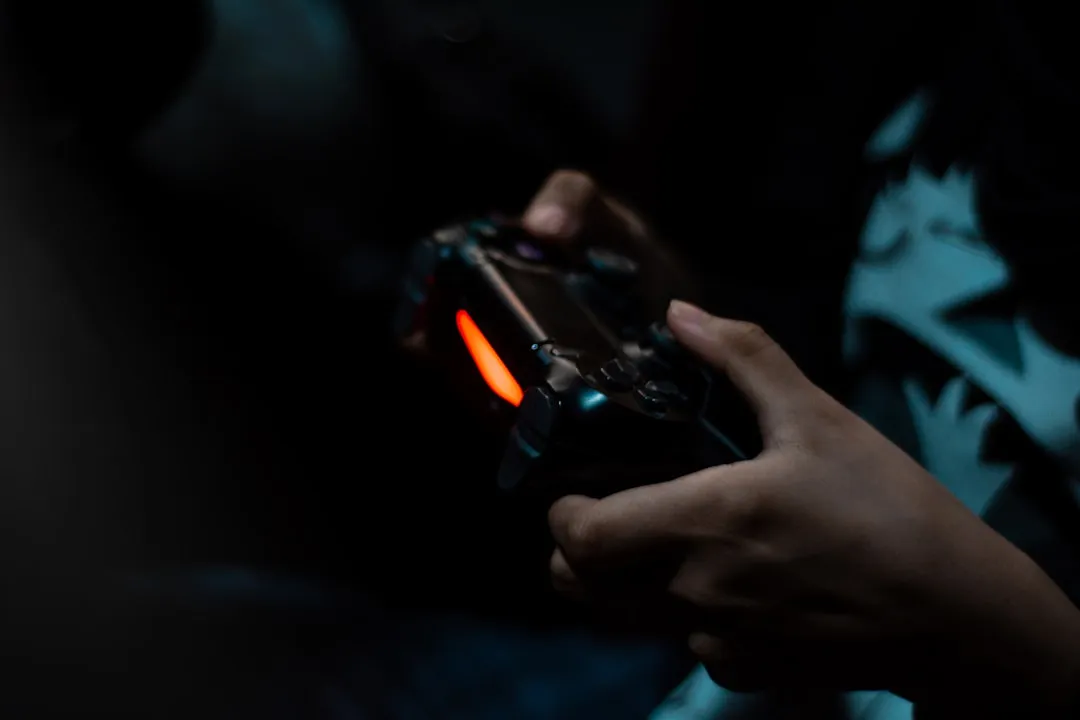



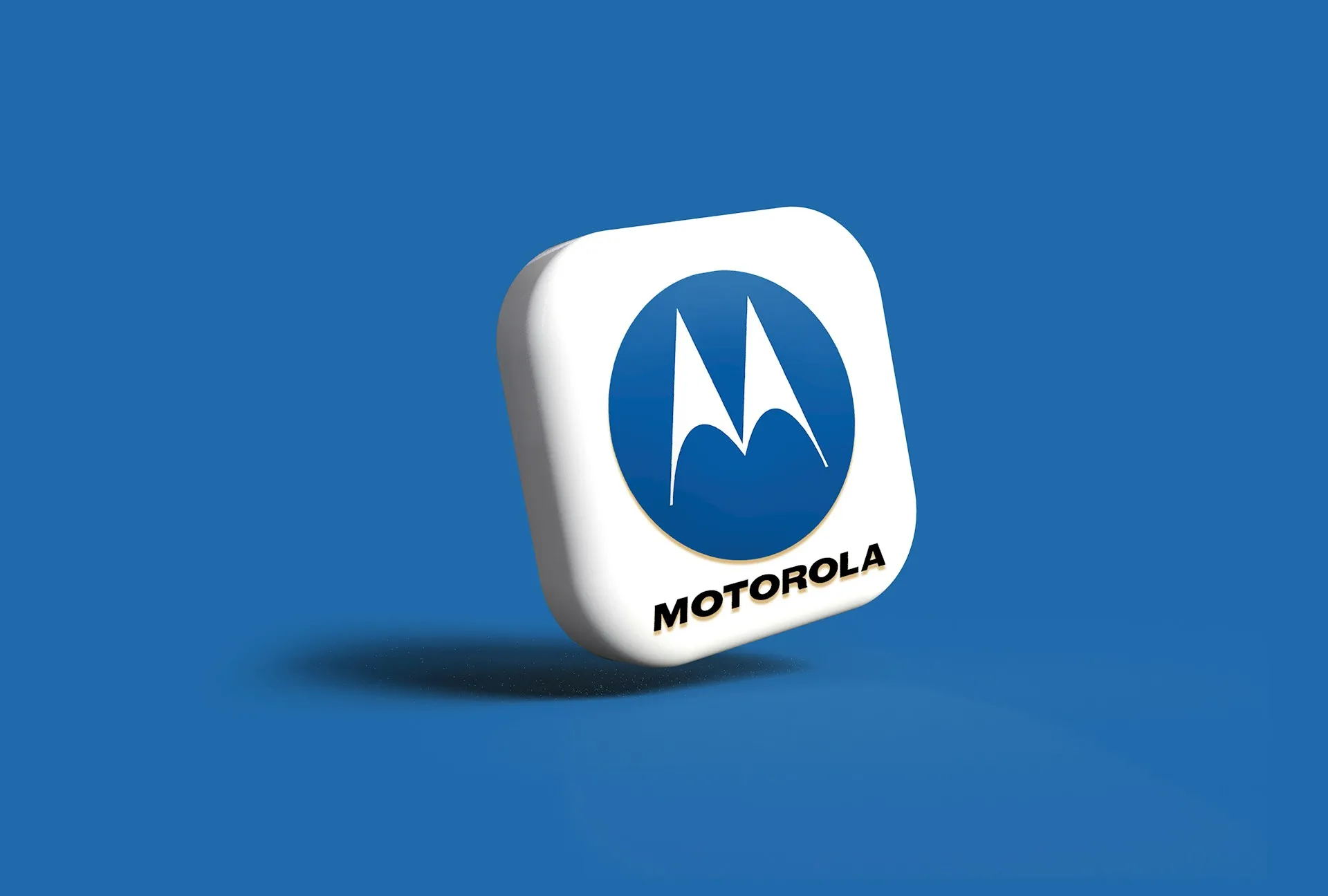
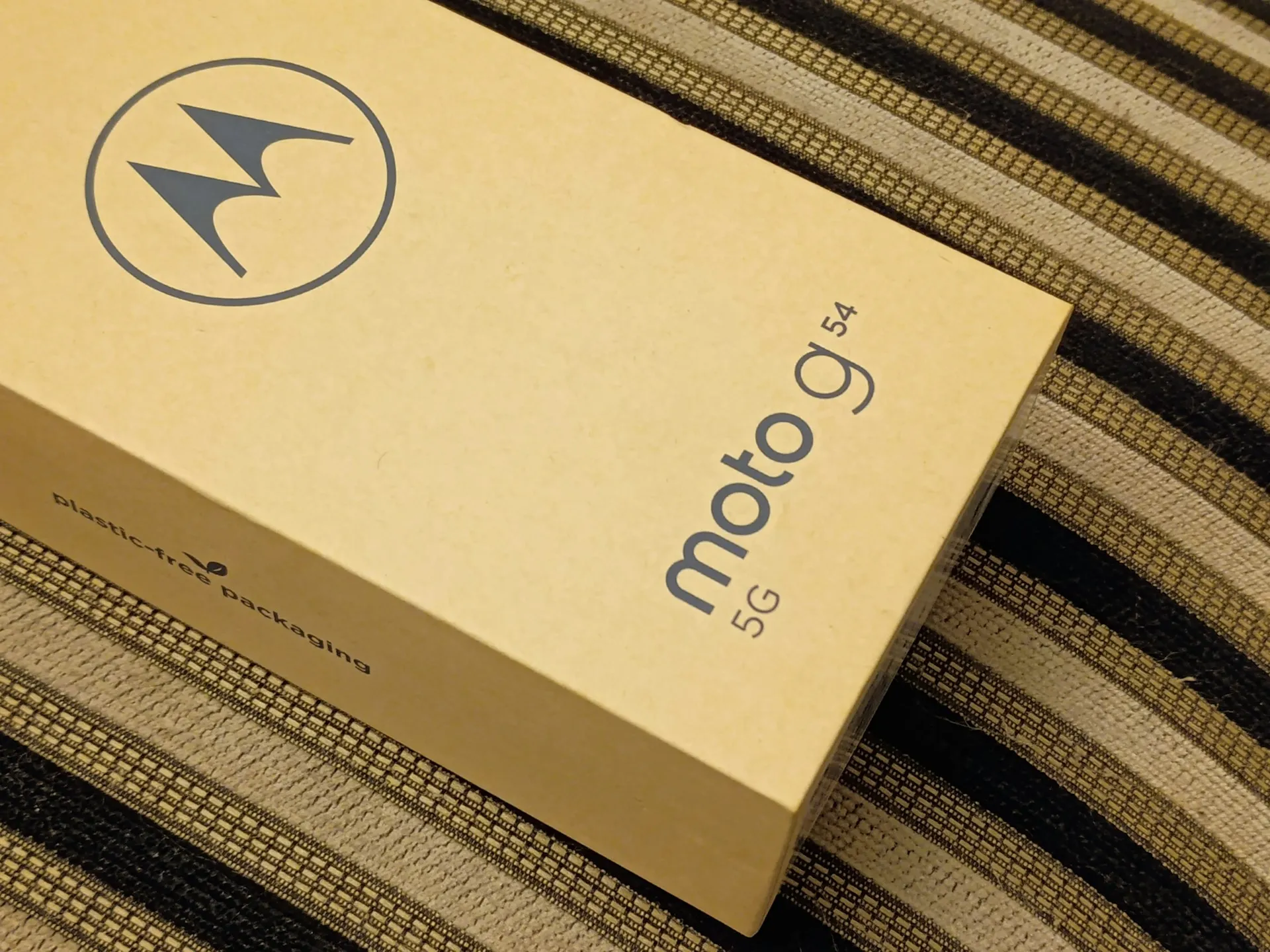

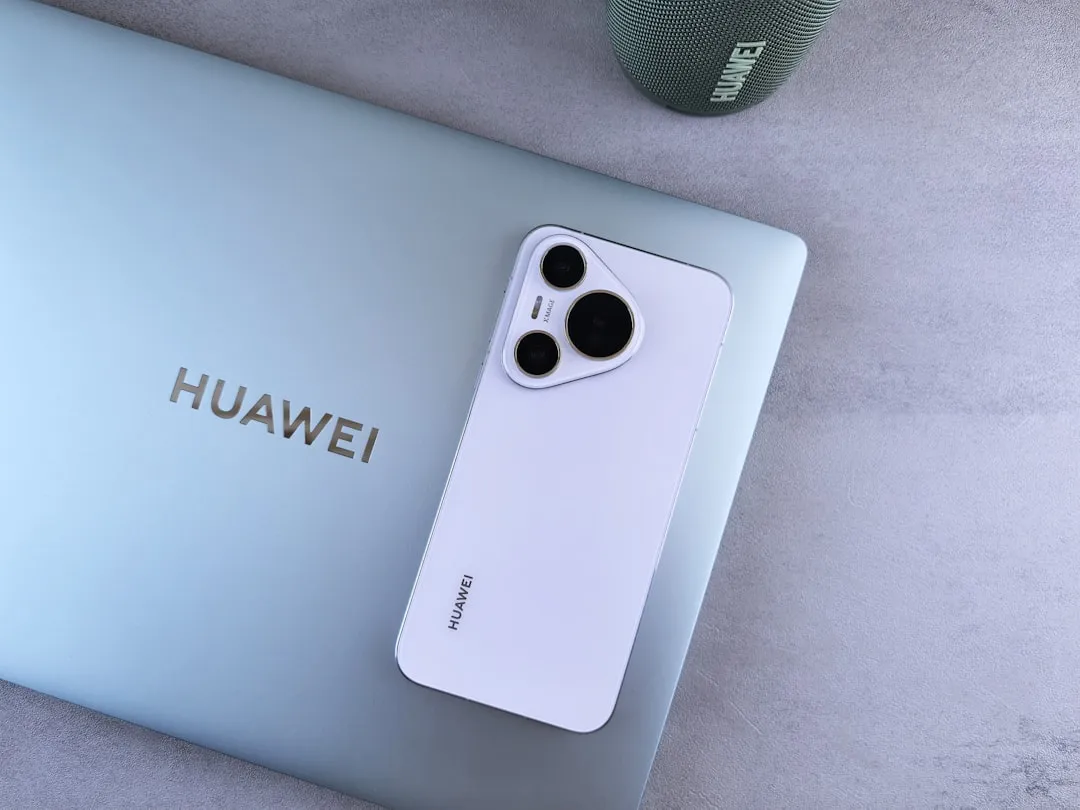

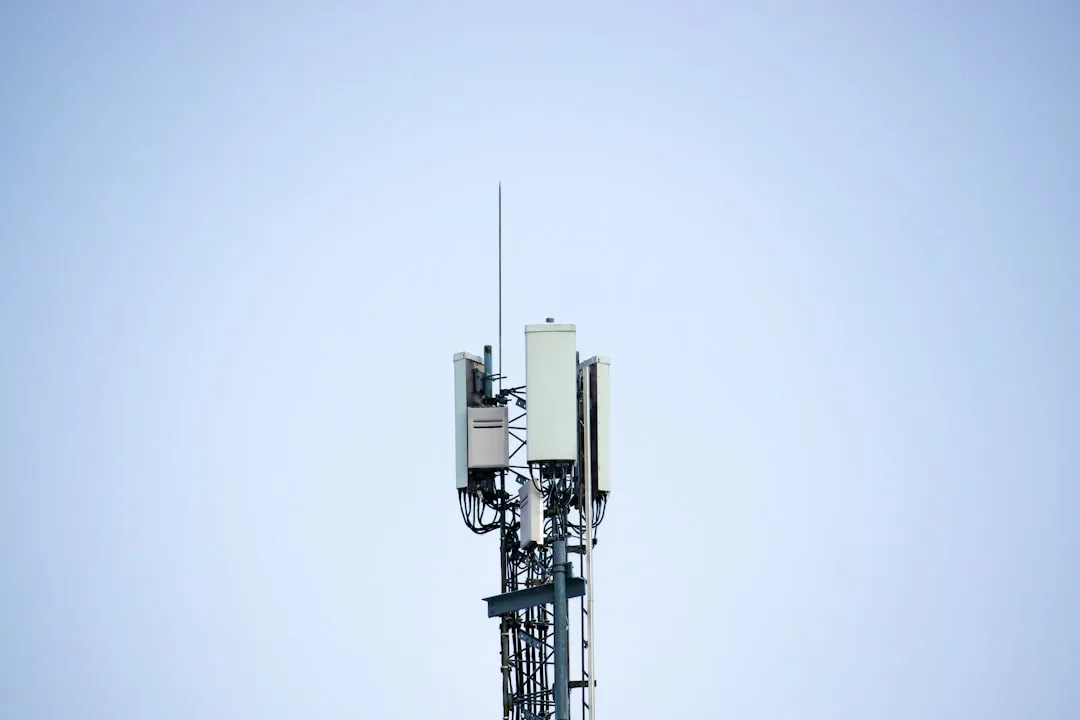
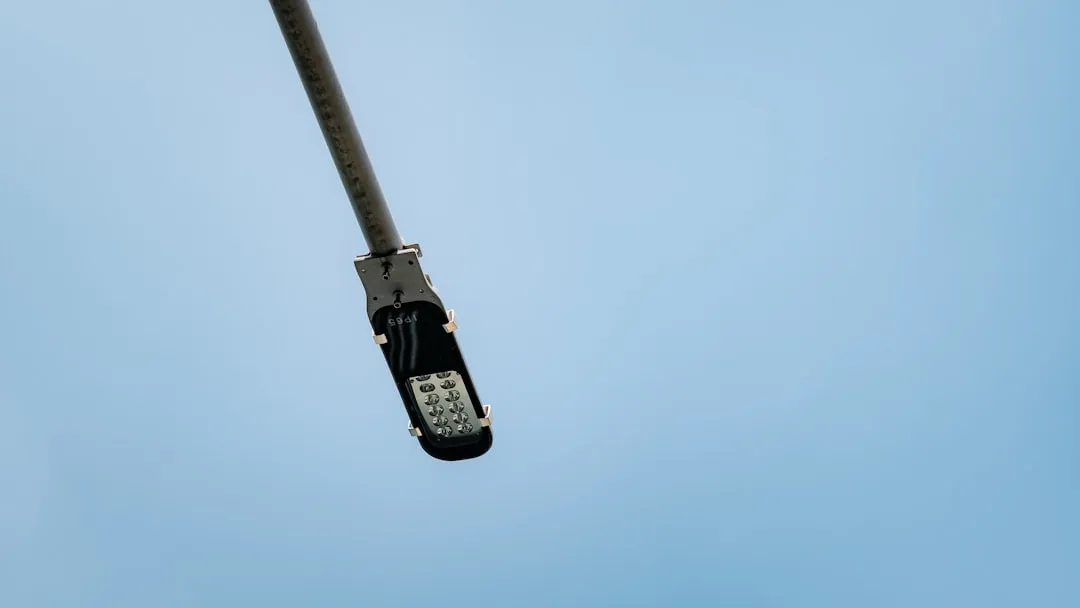

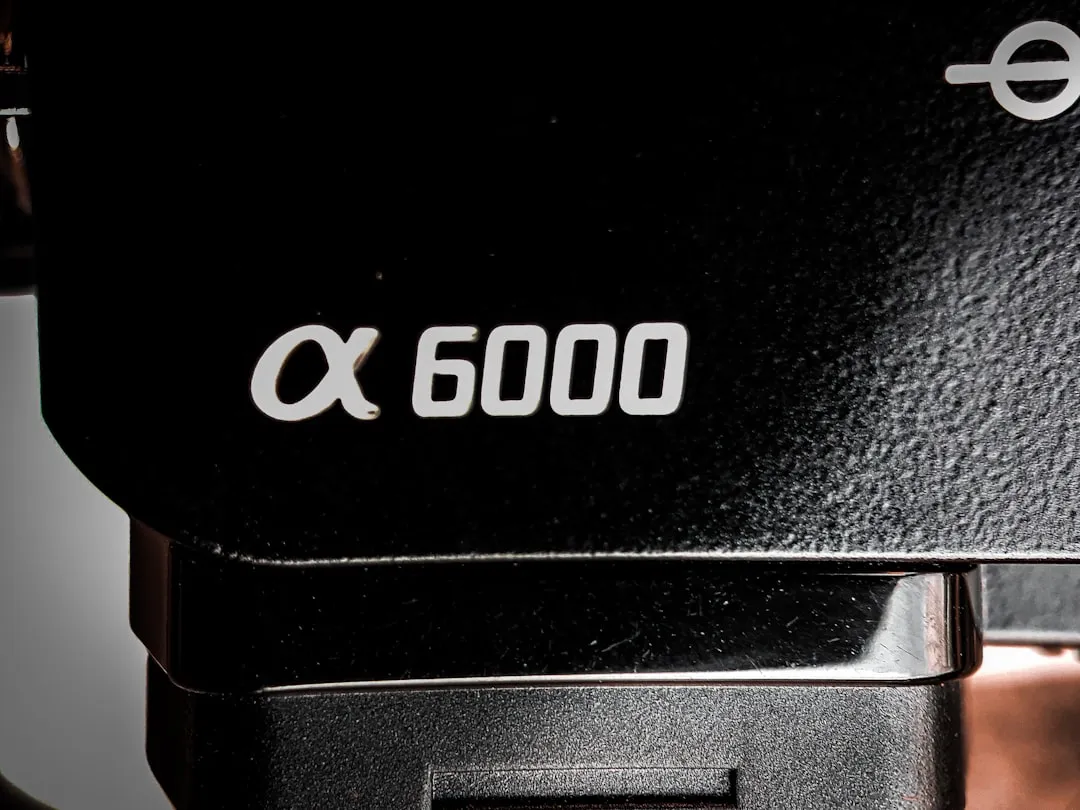


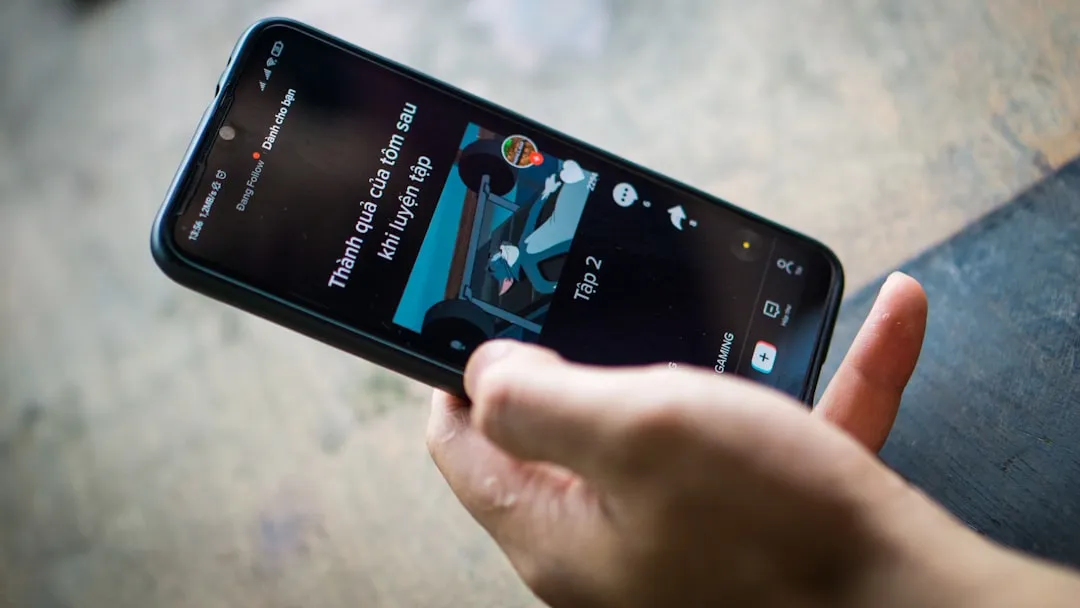


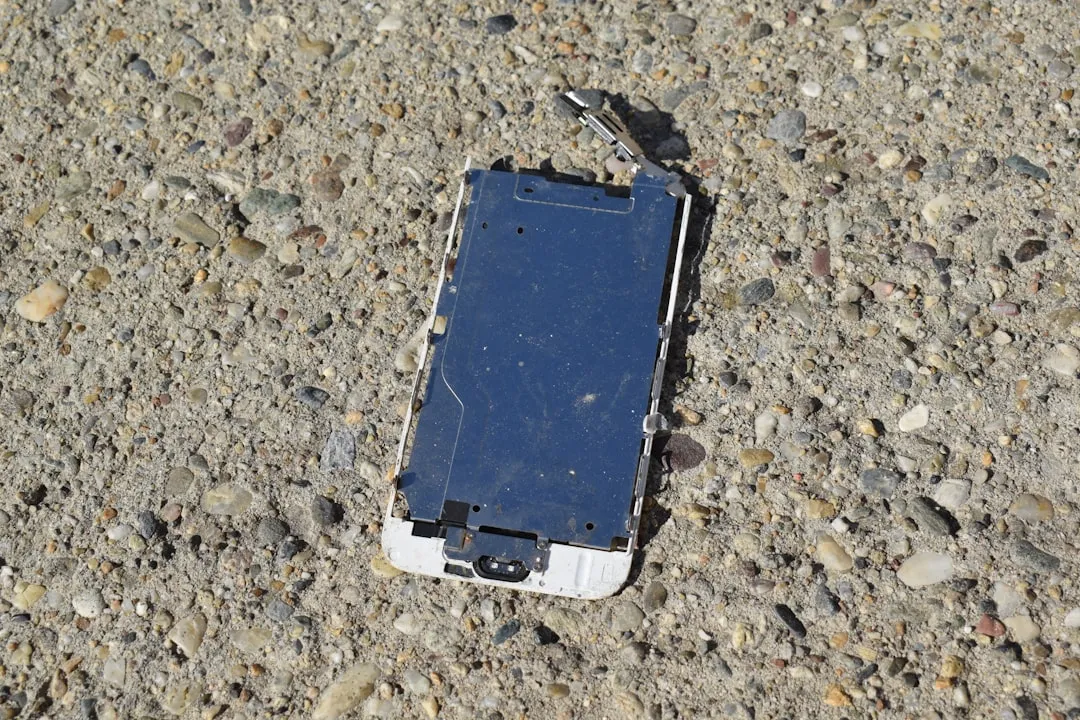
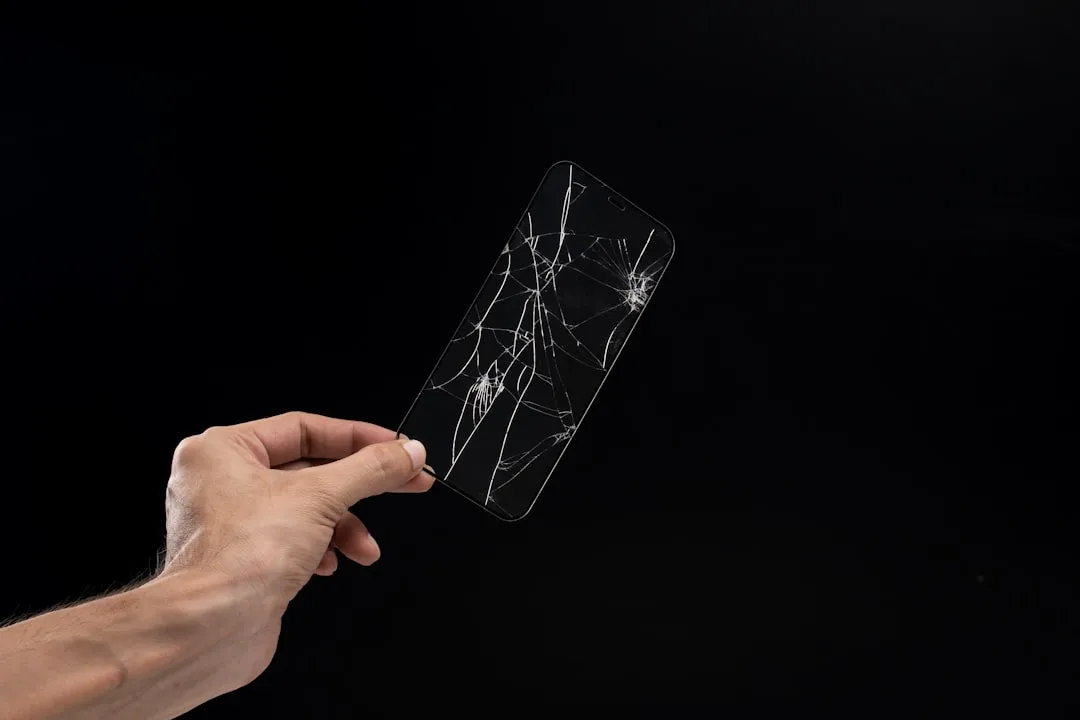
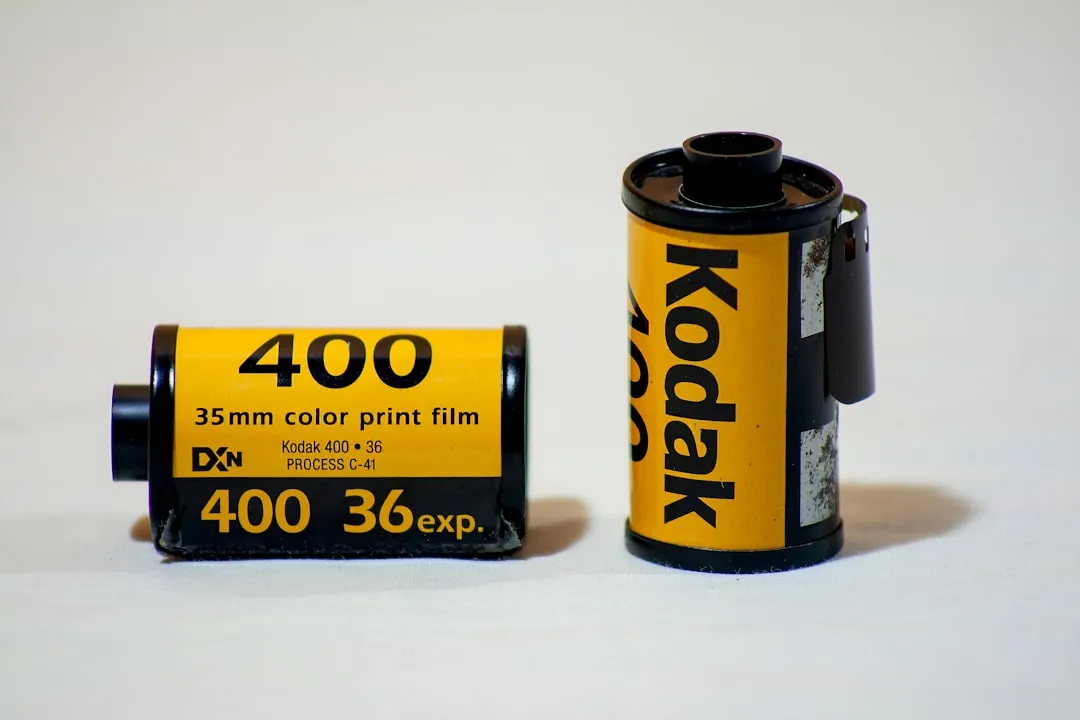
Comments
Be the first, drop a comment!